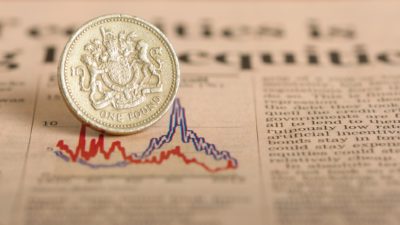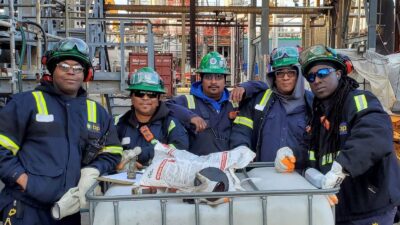Low oil prices have sunk share prices at BP (LSE: BP) and Royal Dutch Shell (LSE: RDSB) and there is no sign of immediate respite.
There was a flicker of hope as Brent crude climbed to nearly $68 a barrel in May, but it has now slid below $50 again, and worse could follow.
The notion that lower prices would put the skids on supply, especially from US shale rigs, has been discredited. Shale technology is coming on in leaps and bounds, driving constant cost savings for drillers.
US frackers continue to add an extra million barrels of oil a day to global supply, even before Iran floods the market with its stockpiles.
Pump It Up
Talk that oil could hit $100 a barrel for the first time since September last year has proved to be idle.
China continues to slow, with exports and imports both down more than 8% in July. US data has been underwhelming, even as the Federal Reserve edges towards a rate hike, while Europe continues to struggle. So as global supply gushes, growth remains tongue-tied.
Need I go on? Even former Fed chief Alan Greenspan reckons oil has further to fall, as shale rig count climbs again. The question is what this means for the FTSE 100’s dominant oil giants.
Pay As You Earn
As large vertically integrated companies, they have some in-built protection against oil price swings. But BP is still down 15% in the last three months, and Shell is down 8%. Long-term investors have been losing money on the stocks for years, particularly on BP, as Deepwater after-shocks rumble on.
Both are still making money, only less than before. BP’s underlying replacement cost profits fell to $1.3 in the second quarter, just one third of the $3.6bn it earned in the same quarter last year.
Shell’s Q2 earnings were $3.4bn on a current cost of supplies basis, down one third from $5.1bn one year ago. Strong downstream earnings helped to offset a sharp fall upstream caused by falling oil and gas prices, and reduced production.
Reversal Ahead?
I don’t see much scope for share price recovery while oil is cheap and global growth is stuck in first gear. The big question is how long their dividends can survive. Both yields are quite spectacular now, with BP on 6.44% and Shell offering 6.26%. Who needs growth when you have that kind of income stream?
Both companies remain committed to the dividends, Bob Dudley at BP names this as his priority, and won’t want the embarrassment of going back on his pledge. Shell has never cut its dividend since the war, but history shows us that nothing lasts forever.
To keep the cash flowing, both are cutting capital expenditure, but there is only so much you can cut before you damage production. Shell’s reserve replacement ratio looks low at just 47% for 2014, BP is better at 63% (but down from 129% in 2013). The pressure on both dividends can only build.
Investors can’t expect much dividend growth over the next year or two, and given current high yields, they can’t complain too much either. But with $100 oil increasingly a mirage, and some analysts talking it down to $30 a barrel, the pressure for a dividend cut may eventually prove irresistible.







